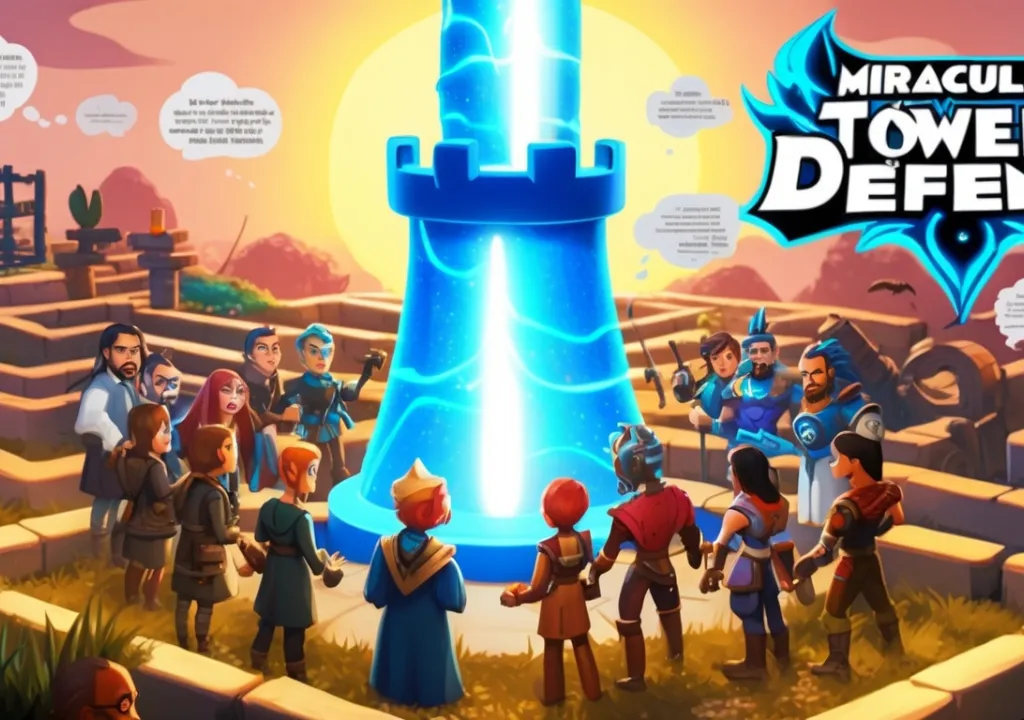
The creation of a blockbuster video game is an epic tale, not unlike the sprawling narratives found within the games themselves. Journey with us as we delve into the multifaceted world of game development, exploring each stage and the myriad of challenges and triumphs accompanying the making of a gaming masterpiece. This adventure takes us behind the scenes, revealing the craftsmanship and sheer determination required to bring a blockbuster video game to life.
Conceptualization: The Spark of Imagination

Every blockbuster begins as a mere spark—an idea that gradually evolves into an immersive world. Game developers often start with a concept or theme, whether it's a dystopian future, a fantasy realm, or a historical period. This stage is crucial as it sets the direction for the entire project. Brainstorming sessions, storyboarding, and concept art creation are essential processes that help solidify the game's vision. The involvement of writers, artists, and designers is crucial as they collaborate to create the narrative and visual style that will define the game.
Prototype Development: Testing the Waters
With a solid concept in place, developers create a prototype. This early version helps identify potential gameplay mechanics, art direction, and story elements that work well or need refinement. Prototyping is an iterative process involving a lot of trial and error, feedback collection, and adjustments. This stage is critical in assessing the feasibility of the game concept and making necessary adjustments before full-scale development begins.
Full-scale Development: Bringing the Vision to Life

This is where the bulk of production happens. Programmers, artists, designers, and writers collaborate in an intensive development process.
Programming
Coders work on the game engine (sometimes a proprietary engine, other times a third-party tool like Unreal Engine or Unity), AI behaviors, physics, and all the under-the-hood mechanics that make the game playable.
Art and Design
Artists continue to produce assets, including characters, environments, and animations. Level designers craft the physical spaces within the game, focusing on making each area aesthetically pleasing and functional for gameplay.
Audio Production
Composers and sound designers create the auditory landscape. Music, sound effects, and voice acting are crucial for immersion and emotional depth. Unique soundtracks and realistic soundscapes elevate the gaming experience, making this phase vital for creating an engaging atmosphere.
Narrative Development
Writers work alongside the development team to enrich the game’s storyline, ensuring the narrative effortlessly weaves throughout gameplay. Dialogues, lore, and narrative structure are refined to maintain a compelling story that captures players' imaginations.
Quality and Testing Assurance

Once a playable version exists, the game enters the testing phase. Quality assurance (QA) teams scour the game for bugs and issues, from minor graphical glitches to game-breaking bugs that could ruin the player experience. Feedback from QA leads to further revisions and adjustments. This cyclical process of testing and fixing is critical in polishing the game to meet the high expectations of players and stakeholders alike.
Marketing and Hype Building: Setting the Stage for Success
Parallel to the later stages of development, marketing teams kick into high gear. Creating a buzz around a game is essential for its success. This involves trailers, interviews, press releases, social media campaigns, and often, playable demos or betas released to the public. Strategic marketing ensures that by the time the game is ready for launch, there's already a captive audience waiting eagerly.
Launch: The Culmination of Years of Effort
Launching a video game is a momentous occasion, marking the culmination of years of hard work. A successful launch is critical and involves meticulous planning. Developers often continue to work intensively, ensuring servers are stable (for online games), and the game is as bug-free as possible. The first few weeks after release are crucial for collecting player feedback, often leading to post-launch patches and updates to further refine the gameplay experience.
Post-Launch: Evolving and Expanding
The journey doesn't end at launch for most blockbuster games. Post-launch support, including patches, updates, and expansions, keeps the game fresh and the community engaged. This ongoing development can sometimes last years, with games evolving significantly. Listening to the community and adapting to their feedback is vital.
The Making of a Masterpiece: A Testament to Passion and Perseverance
Behind every blockbuster video game is a story of intense passion, creative endeavor, and relentless perseverance. From the initial concept to the post-launch support, each development phase is a testament to the dedication of countless individuals. It's a multi-faceted process, blending art, technology, storytelling, and marketing into a cohesive whole. Creating a video game is fraught with challenges, yet these challenges push teams to innovate and excel.
In an industry that continues to push the boundaries of what’s possible, making a blockbuster video game remains one of the most fascinating and inspiring stories. It's a reminder that there's a team of real humans behind every virtual world whose creativity and hard work bring these digital dreams to life.








